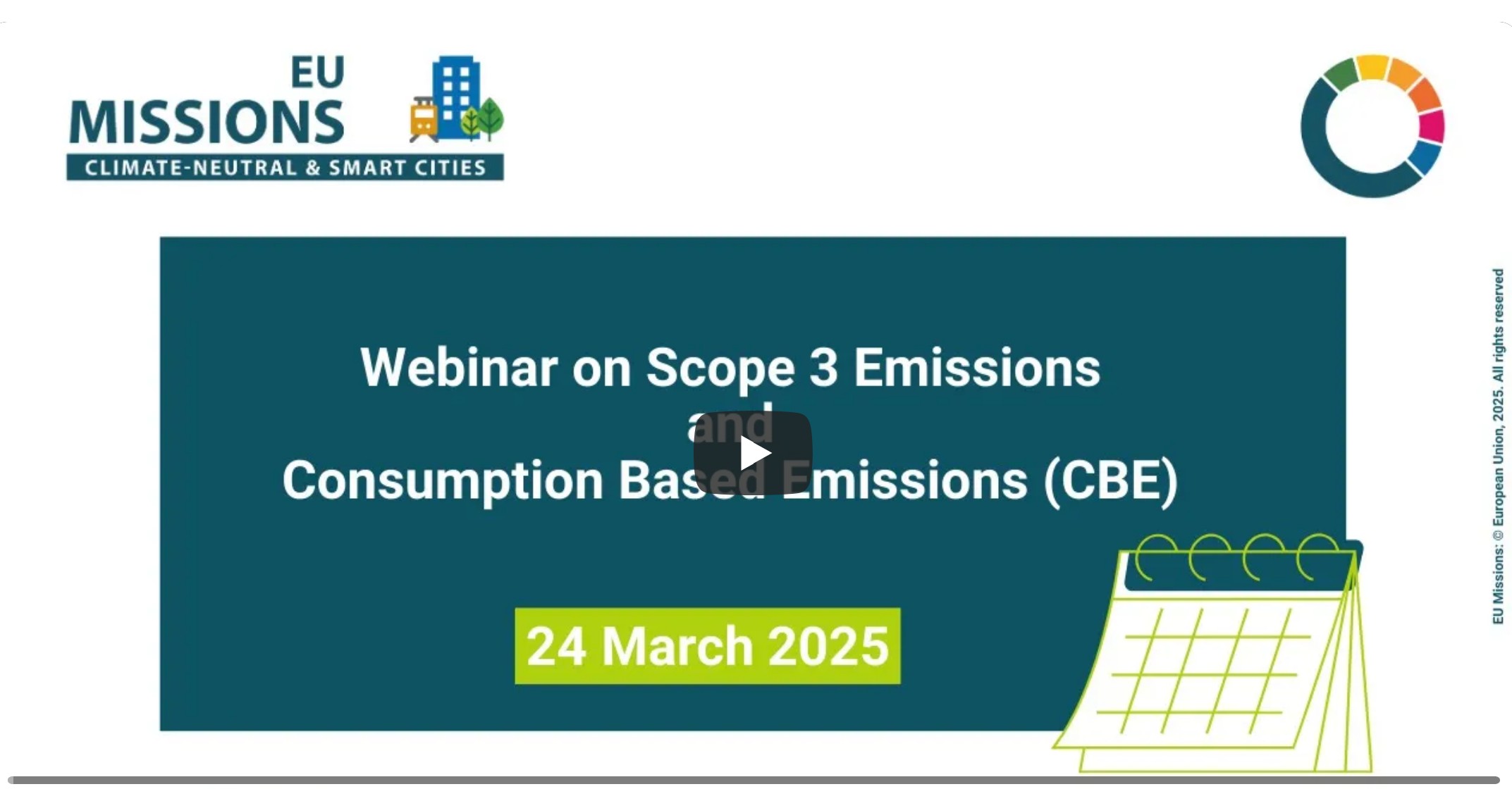Greenhouse gas (GHG) emissions are gaseous constituents of the atmosphere, both natural and anthropogenic. Water vapour (H2O), carbon dioxide (CO2), nitrous oxide (N2O), methane (CH4) and ozone (O3) are the primary GHGs in the earth’s atmosphere. Moreover, there are a number of entirely human-made GHGs in the atmosphere, such as the halocarbons and other chlorine- and bromine containing substances (source). GHG emissions caused by human activities - also called anthropogenic emissions - as defined by the GHG Protocol (one of the largest GHG monitoring methodologies) are divided by three types of levels, namely scope 1, scope 2 and scope 3. This scopes framework helps to differentiate emissions occuring physically within a city (scope 1), from the use of electricity, steam, and/or heating/cooling supplied by grids (scope 2), and from emissions occuring outside of the city (scope 3) (source). There has been an increased interest to include all three scopes in the cities' inventories. Especially scope 3 has gained increased significance as up to 85% of the emissions associated with goods and services consumed in cities could be generated outside the city (source).
Another way of differentiating GHG emissions as defined by PAS20:70 methodology (another well-known GHG monitoring methodology) are direct plus supply chain emissions (DPSC) and consumption-based emissions (CBE). The DPSC method focuses on GHG emissions from activities within the city boundary and indirect emissions from the consumption of grid-supplied electricity, heating and/or cooling, transboundary travel and the supply chains from the consumption of goods and services produced outside the city boundary (e.g. food and building materials). The CBE methodology includes all direct and life cycle GHG emissions for all goods and services as consumed by residents of a city. GHG emissions are thus allocated to the final consumers of goods and services, rather than the original producers of those GHG emissions. Products and services that are exported for consumption outside of the city boundary are therefore not part of this calculation (source). Scope 3 emissions and consumption-based emissions have often been used interchangeably as they both project the emissions that occur outside of the city boundary. However, there is a difference between the two types which is important to delineate. Scope 3 emissions are are emissions that are always outside the city, associated to activities inside the city but not necessarily direct consumption: such as embedded emissions of building material production being used in the city, but produced elsewhere. Consumption based emissions focus on the consuming activities of the residents of the city at hand. These are activities that happen within the city boundary but also if a resident would be on holiday in a different country.
Setting the inventory boundary
The inventory boundary identifies which gases, geographic area, emissions sources and time sources are covered by the GHG inventory. It is crucial that the setting of a boundary remains consistent over time in order to make an inventory comparison across different years. As well as, potentially making comparisons between (NZC) cities and creating an international benchmark.

Comments ()